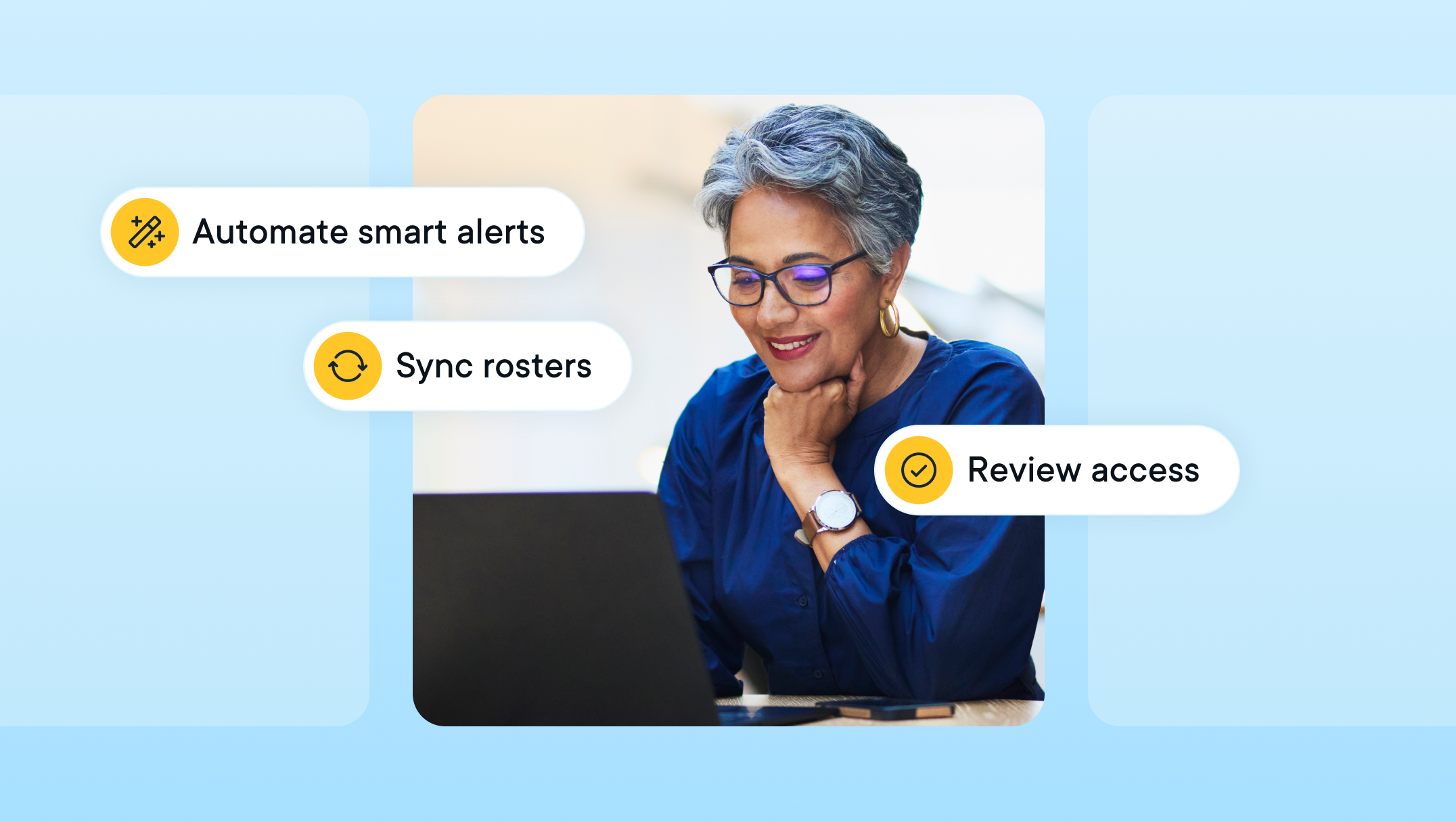Fostering Intrinsic Motivation with Tech-Hesitant Teachers

Technological devices with internet access have been deployed in schools across the globe. Some educators see this as an opportunity to leverage technology to empower students in accessing, curating, and creating content. Still others are hesitant to place technology into students’ hands in the classroom. Teachers, administrators, and parents may express fears of cyberbullying and inappropriate media use. Educators may indicate that they do not feel comfortable using the technology themselves, much less introducing it to students.
Although school administrators and district leaders can mandate student technology use, this compliance model will fail to create sustainable change with tech-hesitant teachers. Conversely, when we foster intrinsic motivation, teachers take ownership of the work. This increases the likelihood of implementation that endures the test of time. According to Daniel Pink’s book, Drive: The Surprising Truth of What Motivates Us, human motivation is driven by three components: autonomy, mastery, and purpose. As we consider methods of support for hesitant teachers, it is vital that we thoughtfully include the aforementioned components of motivation.
Autonomy
Educators are professionals, and they wish to be treated as such. By allowing for choice regarding technology integration, administrators provide autonomy for the educators. An English teacher may want to use green screen technology to have her students recreate a scene from a novel, from the perspective of different characters. This teacher’s colleague may prefer to guide students in creating a blog using first-person narration from various characters of the same text. The academic content and Learning goals are the same, while the teachers are given the autonomy to make professional decisions as to how students engage with the text and demonstrate their Learning. We validate teachers and foster intrinsic motivation when we provide them with options for technology integration in the classroom.
Mastery
We have heard many teachers say, “But I’m not good at technology!” These educators lack motivation because they do not feel proficient with technology. They lack the confidence that can lead to mastery. This is where coaching and training comes into play. Professional Learning opportunities, training tutorials, and job-embedded coaching can build teachers’ skills and help them feel comfortable implementing technology in the classroom. Tech-hesitant teachers need support. They especially benefit from coaching in the classroom with students. Coaches can model lessons with students, co-teach with educators, and remain on call as teachers attempt to use a technology tool or strategy for the first time.
Purpose
Teachers entered the education profession for a reason. They have a purpose in what they do. This purpose, however, may not be to guide students in building technology skills, in using devices to enhance the Learning experience. When we build relationships with teachers and uncover their purpose, we can better align technology tools and strategies to their individual passion. A teacher of young students may indicate that he has a passion for early literacy, for inspiring students to read. We can suggest that students access thousands of e-books and audiobooks on a technological device. The teacher in the classroom next door may reveal that she believes students will benefit from more opportunities to build speaking skills. At this point, we can point out collaborative video tools that foster communication among students. The key is that we lead with Learning, not with the technology itself. The technology is merely a tool to supplement Learning and help students adapt in a digital age.
Student Safety
We are responsible for student safety in our schools. Tech-hesitant teachers often express anxiety regarding the dangers of internet access on school-issued student devices. Web filtering and device management systems such as GoGuardian can help ease these fears. It is also important that we provide these teachers with resources for students and parents regarding digital citizenship. Common Sense Media and Google’s Be Internet Awesome resources build student knowledge regarding the dangers of our digital world, as well as guide parents in having conversations with their children that help keep them safe.
Our students are growing up in a world in which they are inundated by technology. We have a moral responsibility to guide them in using internet accessible devices safely and responsibly. For the benefit of the students we serve, let us build the capacity of our tech-hesitant teachers to implement technology in classrooms. It is by ensuring student safety and fostering intrinsic motivation in educators that we can provide classroom environments in which all students have opportunities to utilize technology to empower their Learning experiences.
Jump to Section
Bring the power of GoGuardian to your school or district today.



